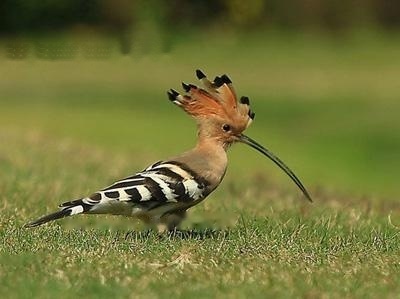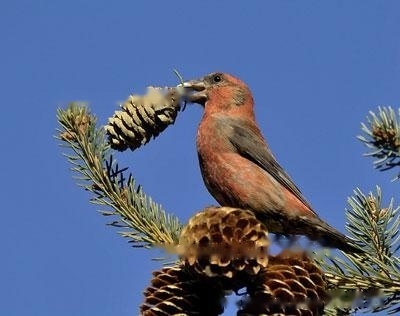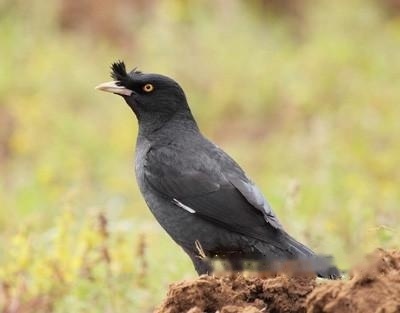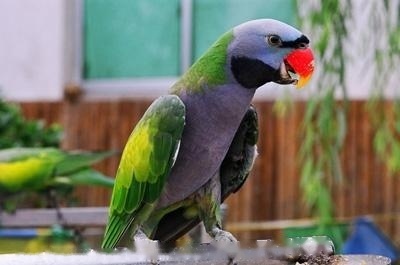Cage Setup
Family Feeding Gold Canaries can be raised in square or round cages, preferably in special cages. The female and male birds are kept in separate cages at ordinary times, and only one bird per cage is raised. From August to September, the cages are raised together, and the canaries are allowed to breed in nests. At this time, it can be replaced with a 46 cm × 30 cm × 35 cm breeding cage. The artificial nest is woven with grass or bamboo silk into a bowl-like shape with a diameter of 12 cm and a depth of 15 cm, and hangs above the breeding cage. Cages must be provided with food cans, water cans and perches. The mouths of the food cans and water cans should be large, and the perches should preferably be oblate. Lay a layer of fine sand or cardboard on the bottom of the cage to clean up bird droppings.
Feeding management
The feed is millet, barnyard tares, cornmeal, soybean flour, rapeseed, etc., which can be selected or fed as appropriate. Before moulting, breeding in winter, or when the body is thin, they should be fed cooked eggs, millet noodles, peanuts, etc. according to the ratio of 10% to 20% of the staple food. Also feed 1 small piece of tender vegetable leaves every day, such as fresh and tender cabbage, fresh bitter gourd and so on. Canaries especially like to eat bitter gourd, which can not only prevent diarrhea, but also provide vitamins. Conditional, can be dried and stored in summer and autumn for winter use.
Canaries love to clean, and they insist on bathing in all seasons. After washing, they should change the water in the water bowl in time. 1 hour a day in soft sunlight, too long will cause the feathers to fade. Cover the bird cage with a cage at night to prevent mosquito bites. During estrus, mating, egg hatching and brooding, canaries should be especially quiet to avoid being frightened. The brooding cage should be hung on a wall that can shelter from wind and rain, light, and clean to facilitate the hatching and brooding of parent birds.
Breeding
After the female and male are caged together, estrus will appear in 20 to 30 days. The artificial nest can be hung above the breeding cage, and when the female bird is seen lingering on the nest with feathers in its beak or swirling in the nest, it means that the nesting has begun. At this time, a ball of clean cotton should be hung on the cage post, and the bird will soon take it to build the nest. 3 to 4 days after the nest is built, the female begins to lay eggs, and each nest can produce 2 to 6 eggs.
The females are responsible for the hatching of canaries. Since the females lay one egg per day, the hatching time of the chicks is also inconsistent. In order to overcome this deficiency, after the female bird lays eggs, the fake eggs made of gypsum can be exchanged for the real eggs, and after the eggs are laid, the fake eggs are taken out, and the first few are put back into the nest at the same time for the birds to hatch. This allows the chicks to hatch on the same day.
The chicks do not forage after hatching, and rely on parent birds for feeding. Little canaries mainly eat nutritious and digestible food and water, such as egg yolk noodles and tender cabbage. During the brooding period, one fresh cooked egg yolk should be fed every day. If the parent bird does not feed the chick the next day, it must be artificially fed. Until the parent bird feeds the chick or the chick can peck.
It takes about 25 days for the chicks from hatching to full plumage. After 1 month, they can be separated from the parent birds and raised in cages. At this time, the feeding is still mainly based on egg yolk noodles, and it is not until the chicks are 2 months old that they can gradually switch to daily feed. Most females can start to mate and lay eggs 17 to 21 days after the hatchlings hatch. The chicks begin to sing at the age of 6 months, and become sexually mature at the age of 9 to 10 months, and they will sing and reproduce. The little canary must be led by an old bird who is good at singing to learn to purr well. Adult canaries, larks, etc. are all good singing "teachers" for little canaries, and they can also teach songs with records or tapes of singing birds, making them gradually become top-quality birds with beautiful singing and singing.




